by Penny Pawl, UC Master Gardener of Napa County
I remember when my parents would go for a drive and the front of the car would be covered with dead bugs that had been hovering in the road. That doesn't happen any longer. The dense populations of bugs have disappeared.
National Geographic magazine and Wings, the Xerces Society magazine, have run articles on the decline in insects. In fact, the Xerces Society is named after a small blue butterfly that lived in Golden Gate Park and went extinct some 80 years ago. The article in Wings mentioned the lack of bugs on the windshields of cars today and how, in the past, cars had to be washed after a long drive.
While this observation may seem minor, it is in fact a major indication of things to come. Many scientists are calling it “the insect apocalypse.” This phenomenon is considered to be a breakdown of our food chain. The bugs are at the start of the food chain and we are at the end.
Scientists believe that climate change and bug decline are connected, but bugs are also impacted by the loss of habitat and the pesticides and other chemicals used to grow crops and maintain landscapes.
The beloved Monarch butterfly may soon be declared extinct in the western United States. In recent counts in the areas where they gather in the winter, there were no sightings at all.
This drop is blamed on many different things, including habitat loss. The fall fires probably kept many Monarchs from stopping over to feed and rest. In 2017, the rusty patched bumble bee (Bombus affinis), which lives in the Midwest and northeastern U.S., was placed on the list of endangered species.
Integrated pest management is one of the subjects we study as Master Gardeners in training. I try to practice this in my garden and hope that the pollinators, pest eaters and other insects manage each other.
I once went to clean my worm bins and discovered a black widow spider. I did not bother her and she left me alone.
Many people are fearful of the insect world and want these creatures gone. Yet insects pollinate our edible plants and prey on plant pests. Even a black widow has redeeming features. Just avoid her bite.
Planting hedgerows between fields of crops enhances insect diversity by providing a place for them to hide, breed, rest and eat. Removing invasive plants has helped dragonflies in many areas. Dragonflies prey on mosquito larvae. I have read that some grape growers are adding hedgerows to their vineyards.
Home gardeners can take several steps to help the bugs in their neighborhood. Replacing lawn with shrubs, native perennials and native annuals helps a lot. A garden that always has something in bloom is a welcoming spot for pollinators.
According to National Geographic, insects perform five crucial jobs. They provide food for other bugs. They assist with decomposing organic matter. They control pests. They pollinate plants, and they work the soil. When you use untargeted pesticides, you not only kill pests, you may kill the good guys who feast on them. Better to practice integrated management and rely on the bugs to keep each other in balance.
In late summer, I like to watch as my fennel plants fade and the flowers dry up. It is always covered with tiny flying bugs that are still able to get food from the fading plant.
From the heights of the Himalayas to our planet's deepest caves, insects abound. They are one of the oldest species on the planet. Researchers have questioned why there so many varieties of insects. One theory is that, because of their size, insects can occupy many niches throughout our environment. They have had low extinction rates, according to those who study them. Some species have not changed since the time of the dinosaurs. You can help maintain this diversity in your own garden by being a bug protector.
Food Growing Forum: Second Sunday of the month through November. Sunday, February 14, 3 pm to 4 pm: “Seed Starting.” Register to get Zoom link: https://ucanr.edu/survey/survey.cfm?surveynumber=32602
Napa Library Talks: First Thursday of each month. Thursday, March 4: “Compost at Home.” Register to get Zoom link. https://ucanr.edu/survey/survey.cfm?surveynumber=32577
Got Garden Questions? Contact our Help Desk. The team is working remotely so please submit your questions through our diagnosis form, sending any photos to mastergardeners@countyofnapa.org or leave a detailed message at 707- 253-4143. A Master Gardener will get back to you by phone or email.
For more information visit http://napamg.ucanr.edu or find us on Facebook or Instagram, UC Master Gardeners of Napa County.
Attached Images:
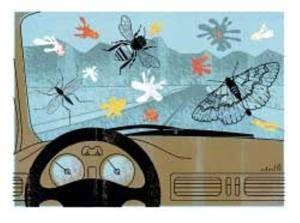
Remember bugs on the windscreen? (imway2fat.wordpress.com)

Climate change contributes to insect habitat loss. (niehs.nih.gov)
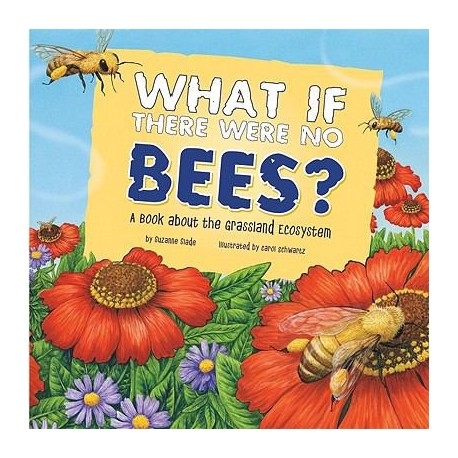
What if there were no bees?
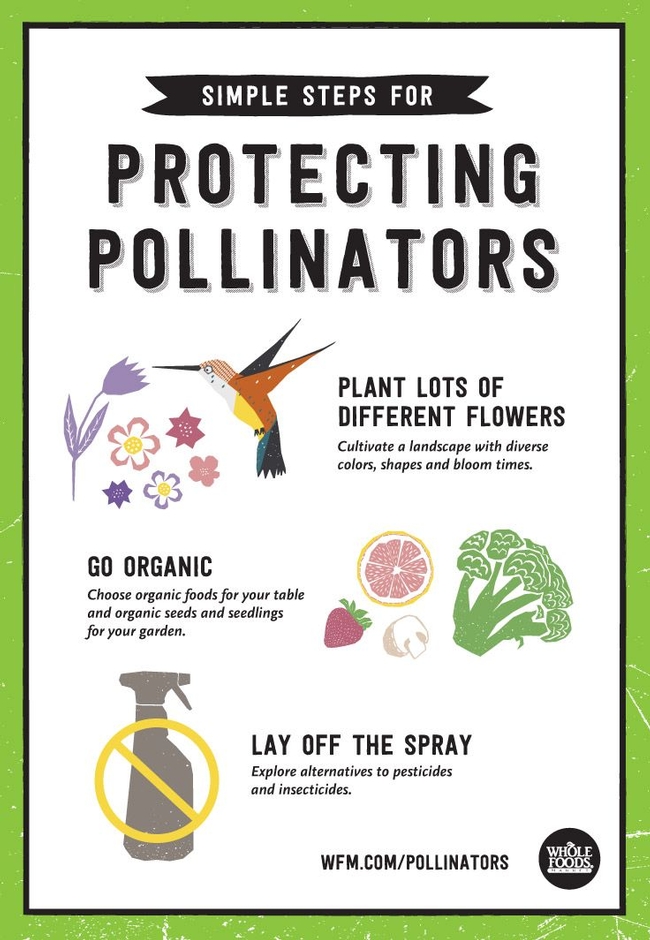
We can protect pollinators. (pinterest.com.mx)

Roadside wildflowers are insect habitat. (theconversation.com)
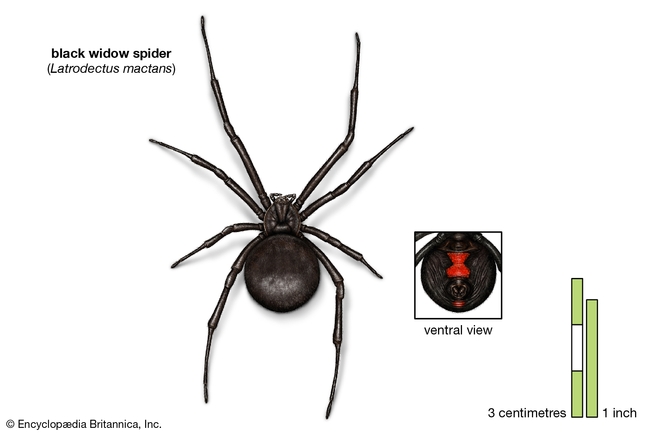
Black widow spider. She will leave you alone if you leave her alone.(britannica.com)
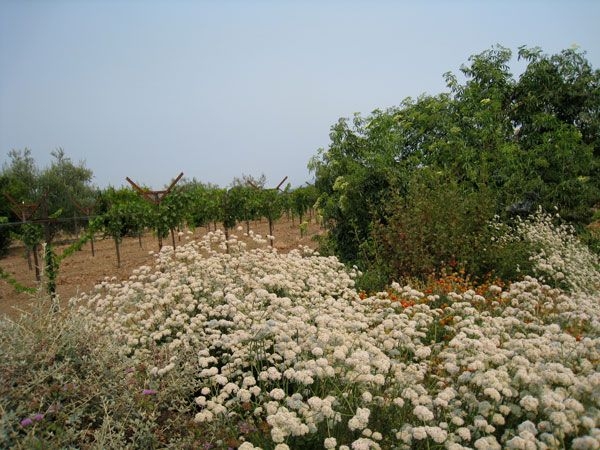
Hedgrows in Napa Valley provide insect habitat. (pinterest.com)

Every garden can find room for a few native plants. California native plant garden. (cnps.org)
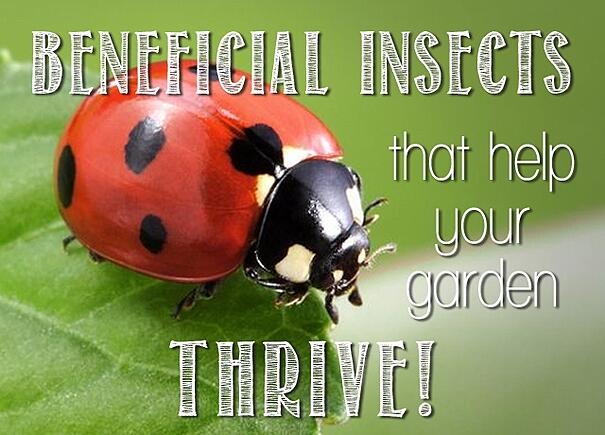
Insects help. (blog.earthbox.com)